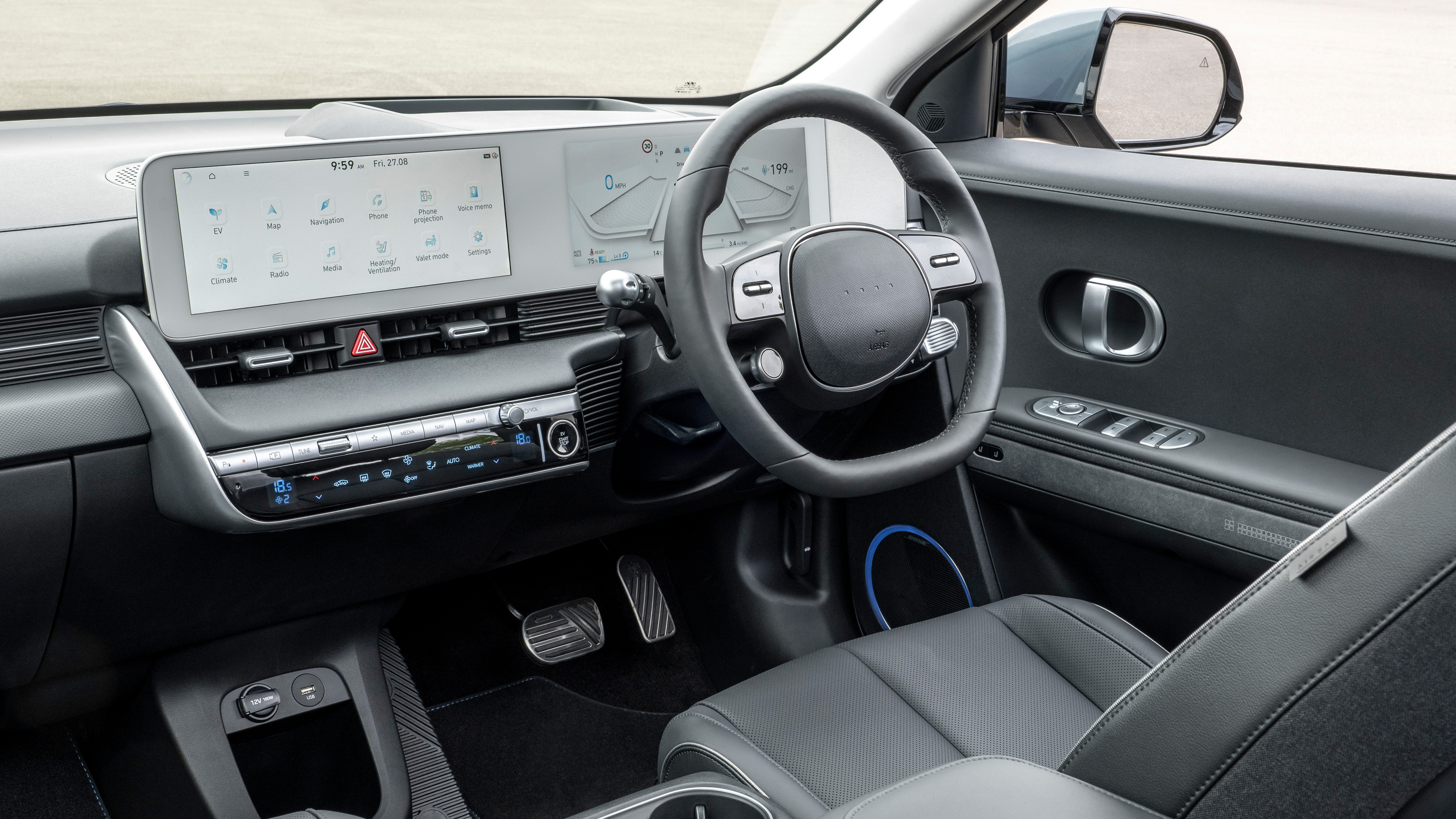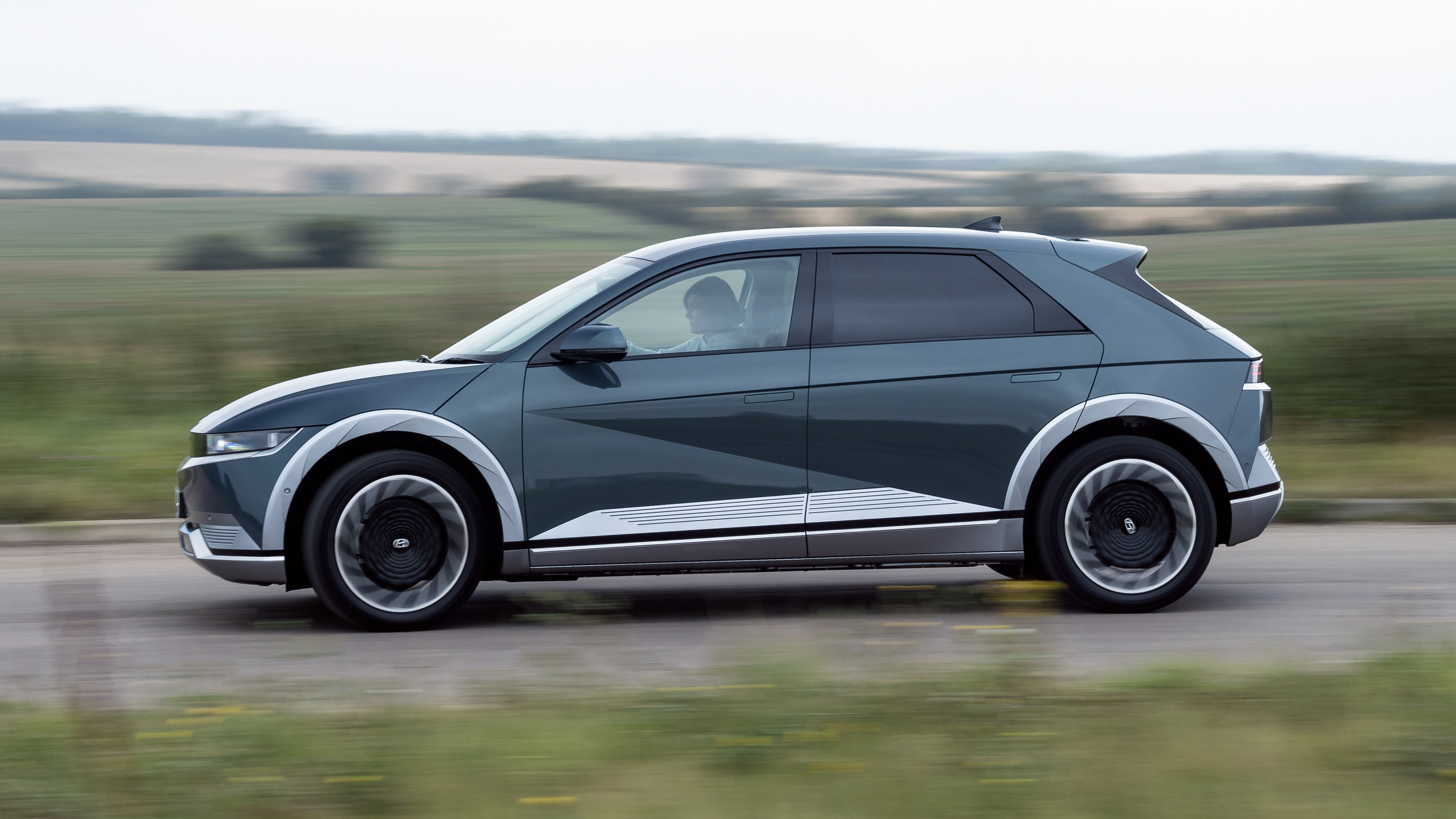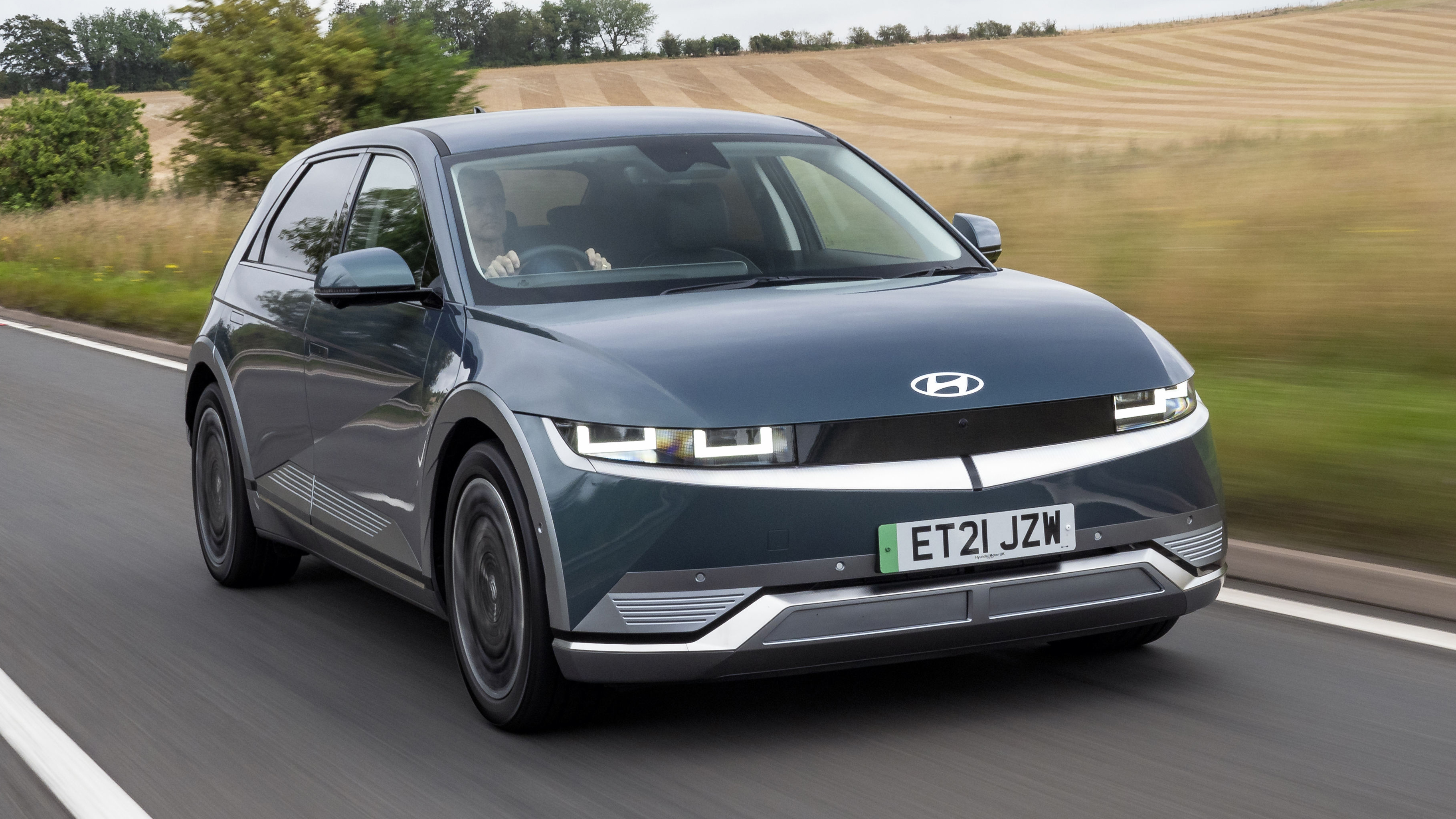
Buying
What should I be paying?
Prices start from £43,390 for the base model, having been £35,995 a couple of years ago. Inflation, eh? Premium is the entry-level trim, which bags you the clever sliding centre console, parking sensors, smart cruise control, a wireless charging pad, the 12.3in touchscreen, a leather-wrapped, heated steering wheel, heated front seats, 19in alloys, Android Auto and Apple CarPlay connectivity, ambient lighting and a battery heating system with pre-conditioning. Not bad at all.
Stepping up to the 77kWh battery costs another £3,500 from here; AWD is £7k over base.
Ultimate trim (which, since the addition of the Namsan Edition, is no longer ‘ultimate’) costs from £49,945 and adds ventilated and leather-finished front seats, heated rear seats, a rear view camera, a Bose premium sound system, a head-up display, 20in wheels and 360-degree camera, and more besides. Here you only get the option of the bigger battery, but you can still choose between rear- and all-wheel drive.
The Namsan Edition is the most opulent of the lot. Priced from £54,445, it gets those wing cameras, a panoramic roof and crucially a heat pump, which should reduce the range loss EVs often see in winter.
Which would you go for?
We’d lean towards Premium trim, but with the larger battery and slightly perkier rear motor for maximum range. So equipped, an £8k deposit will secure monthly repayments of £480 over a four-year term with an annual limit of 10,000 miles. Depends on the price of electricity (and fuel, of course), but you’d hope to see a significant reduction in running costs over a petrol or diesel car.
What's the recharging situation?
So far as ownership goes, Hyundai is betting hard that the Ioniq 5’s clever charging will win over new adopters. The car supports 800-volt charging – like the much more expensive Porsche Taycan – and you can juice up from nearly flat to 80 per cent in just 18 minutes.
Only got time for a five-minute pit stop? Even that buys you 62 miles. Sounds great… until you learn that all this only occurs if you can find a 350kW rapid-charger, and they’re scarce. On your 7kW home wallbox, a full recharge for the 77kWh version is going to take just shy of 12 hours. An overnight job, then.
Once you are charged, the Ioniq can use its battery reserves creatively. Standard on all cars is vehicle-to-load charging: this means you can run electrical appliances – like a campsite beer fridge – by plugging them into an adaptor on the car. You can even donate charge to a stranded EV if your cocky Tesla-owning mate runs out of juice. And you’re feeling extremely kind.
Featured

Trending this week
- Car Review
BMW iX3






